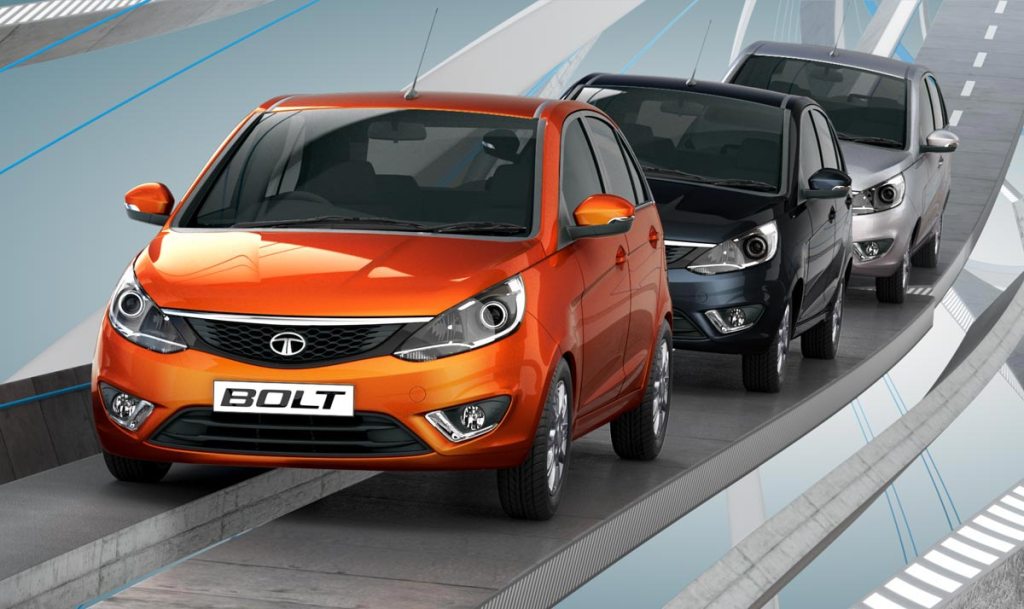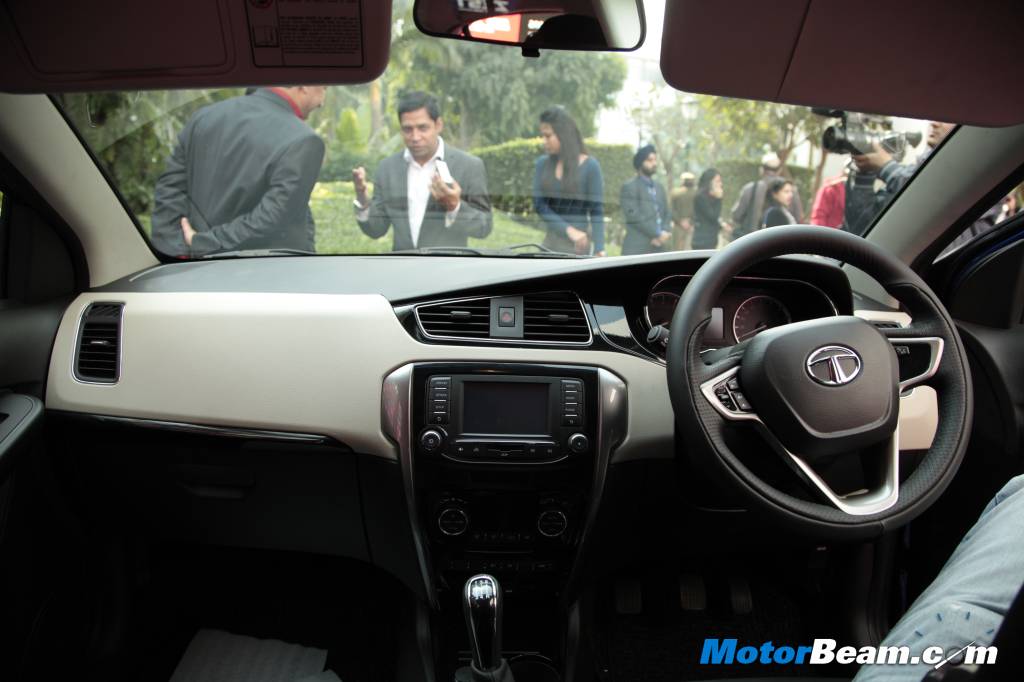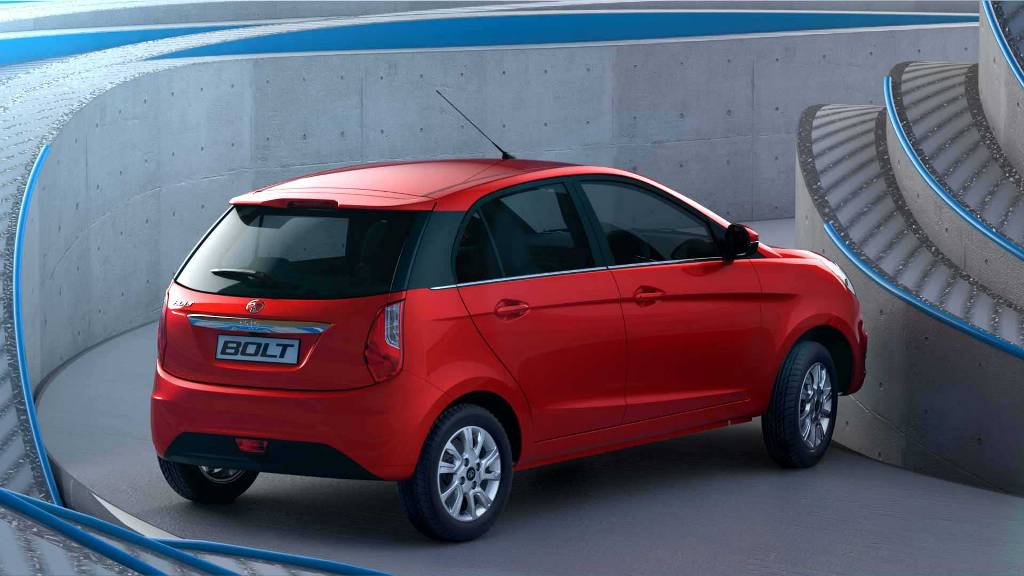Tata Motors has once again made a name for itself with the thunderous start the Zest has received. Crossing 10,000 bookings within two weeks of launch, the Zest is surely picking up sales and fast for the Indian auto giant. With its hands full in almost all departments post the launch of the compact sedan, Tata has pushed the launch of the Bolt hatchback to January, 2015 to give the product complete time and attention at the time of launch.
While the Zest and its hatched sibling Bolt were showcased together at the beginning of the year, the automaker chose to not launch the models together so that either of the products do not end up overshadowing the other. With the current market scenario favouring compact sedans over hatchbacks, it only seemed logical to bring in the Zest first while the Bolt has been pushed down by a few months. Tata’s major launch after a gap of 5 years, the automaker has made sure to tap every potential door out there to promote the Zest in all its glory.
Tata also revamped its dealerships across the country to compliment the new strategy the company has adopted for its new products. The company’s marketing team has left no stone unturned literally in building up the hype for the compact sedan and launching two important products together would not justify the marketing campaign effectively. Even though the Bolt shares its underpinnings with the Zest including features and powertrains, it is placed in a different segment altogether and needs to be presented differently than the Zest.
Tata is not the only company to have adopted this strategy to launch similar products. Maruti was the first to start this strategy with the Swift and new DZire models, with the former being launched first followed by the latter later. Honda too followed a similar strategy with the Brio and Amaze which share the same underpinnings and so did Hyundai whoe first launched the Grand i10 in the country and a few months down the line launched the Xcent compact sedan, both of which are essentially siblings.







